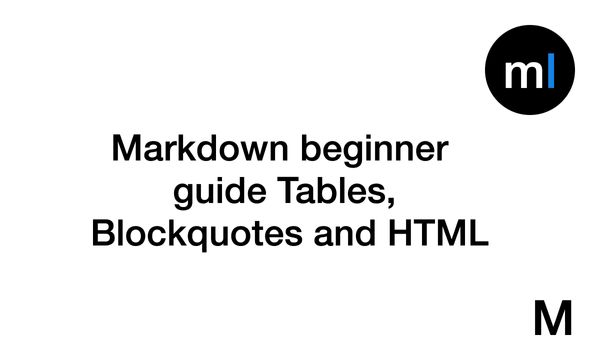

in bar charts, column charts, etc.), like so: You can even create links in labels (e.g. Adding links to labels and axis descriptions There is no need for you to add them yourself!Īfter adding your links, you can test them in step 4: Publish & Embed. Add these two attributes to be super safe – but don't sweat if you forget them. And it prevents browsers to send the website address you're coming from to your linked site. 👉 rel="nofollow noopener noreferrer" : This does two things: It prevents the linked site to do malicious stuff in your browser. 👉 target="_blank" : This allows the url to be opened in a new browser window. Target="_blank" rel="nofollow noopener noreferrer" to the url for the following reasons: Your link goes between the quotes – make sure to copy the URL including the part instead of starting directly with "".ĭatawrapper will automatically attach attributes href="": "href" stands for "Hypertext reference".Yay, this is a link! tells Datawrapper that this is a link and that everything between and should be interpreted as a link text.What does this all mean? Let's look at it in detail: To add an URL to your title, description or notes in step 3: Visualize → Annotate, you will need to use an HTML tag. You can add these link tags to any text field in step 3: Visualize → Annotate to the title, description and notes text fields:This is how your link should look like: Yay, this is a link! Adding links to your title, description or notes

Your chart should now have a clickable source in its bottom left corner:'Ģ. Head to step 3: Visualize → Annotate, fill the text field Data source and then add a Link to data source:Īnd that's it.

We want to encourage you to link to your chart source, so we made it extra easy for you to do so. Let's learn how to add links to your source, to your title, description or notes, to variables, to tooltips and to tables.


 0 kommentar(er)
0 kommentar(er)
